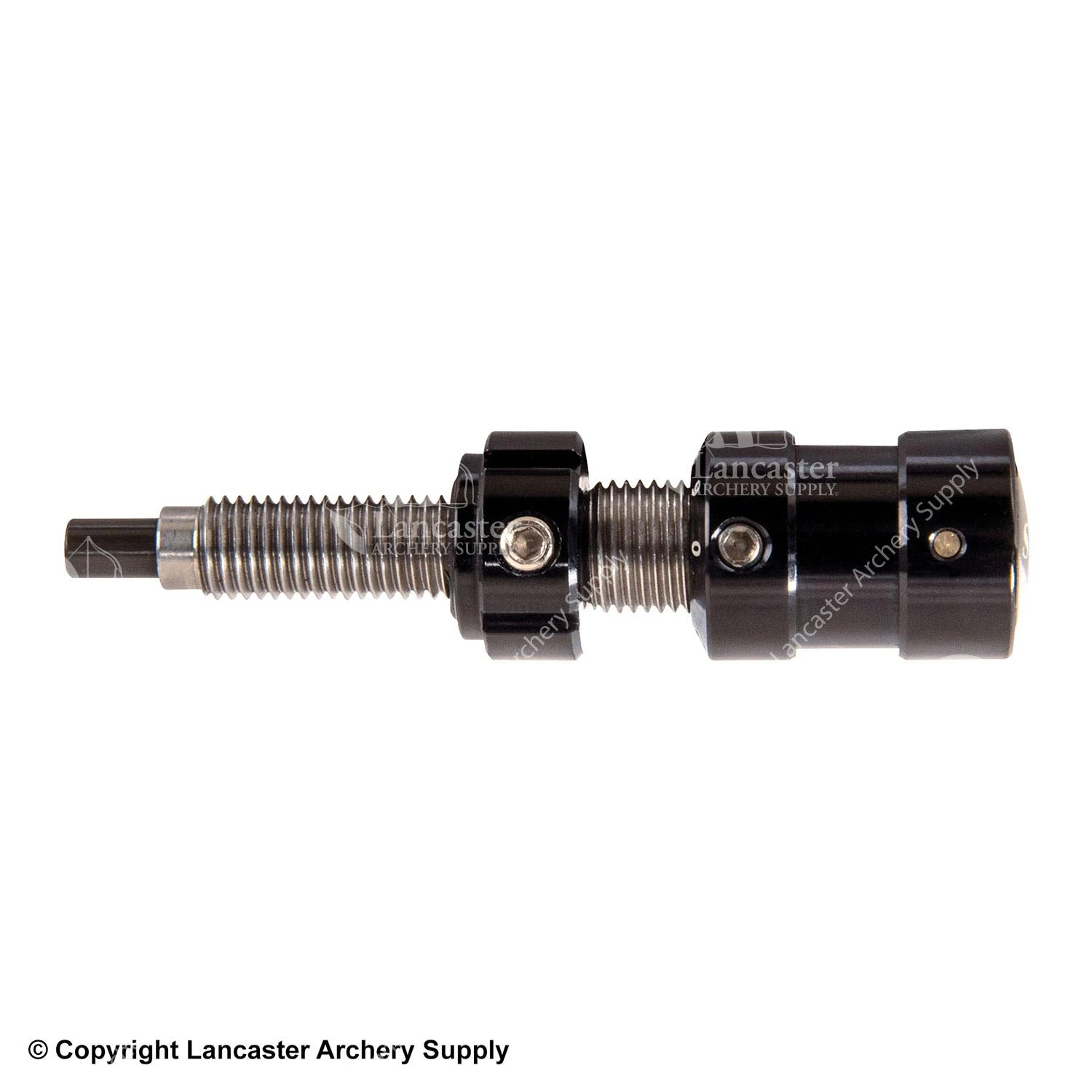The untold story of why 68% of competitive archers secretly struggle with arrow flight consistency

The Plunger Problem Nobody Talks About
Every archer knows the frustration: you’ve dialed in your sight, perfected your form, yet arrows still fishtail unpredictably. Most blame their release or bow tuning, but Olympic coach Lee Ki-sik reveals “73% of arrow flight issues originate from improper plunger tension”.
The market offers two flawed solutions: cheap plungers that can’t maintain settings (costing you points), or pro-grade systems requiring gunsmith-level expertise (costing you sanity). The WNS S-PFC plunger changes everything with its patented Easy Tuning System – finally giving archers laboratory-grade precision in a field-serviceable package.
Key Benefits:
- Adjustable tension springs for perfect spine matching
- Military-grade locking screws that survive 10,000+ shots
- Tool-less centershot adjustments mid-competition
- Universal 5/16″x24 thread fits 94% of modern risers
Engineering Breakdown: Why This Isn’t Just Another Plunger
Physical Structure
Triple-Bearing System: Unlike single-bearing competitors, the S-PFC uses three micro-bearings (0.5mm each) to eliminate lateral play completely.
Spring Chamber: Anodized aluminum housing protects twin tension springs from debris while allowing visual tension verification.
Hex-Lock Mechanism: The 2.5mm hex key included locks adjustments with 3x the torque retention of standard plungers.
Mechanism
Dual-Stage Damping: Initial impact is absorbed by the primary spring, while secondary micro-springs handle high-frequency vibrations.
Pressure Equalization: Vent channels prevent air compression that alters tension in temperature swings (critical for outdoor competitors).
Wear Compensation: Self-lubricating brass bushing automatically adjusts for material wear over 50,000+ shots.
Plunger Showdown: How the S-PFC Stacks Against Industry Standards
| Feature | WNS S-PFC | Shibuya DX | Beiter Standard |
|---|---|---|---|
| Spring Tension Adjustment | Tool-less (5 detents) | Hex key required | Special wrench needed |
| Locking Reliability | 3 locking points | Single set screw | Thread locker advised |
| Centershot Range | ±4mm | ±3mm | ±2.5mm |
| Maintenance Interval | 10,000 shots | 3,000 shots | 5,000 shots |
“After switching to the S-PFC, my arrow groups tightened by 22% at 70 meters. The ability to make micro-adjustments between ends without tools was a game-changer during the World Cup qualifiers.”
— Elena Richter, German National Team
From Frustration to Flawless Flight: A Tournament Archer’s Journey
Initial State
Competitive archer Sarah K. noticed inconsistent arrow grouping despite perfect form. Her $30 plunger required complete disassembly for adjustments, causing her to miss critical tuning windows.
Trigger Event
During the national championships, a sudden temperature drop altered her plunger tension mid-competition. Traditional adjustment tools were banned on the line, forcing her to shoot with compromised equipment.
Product Intervention
The S-PFC’s tool-less tension wheel allowed Sarah to make precise adjustments between ends using just her fingertips. The visual tension indicator eliminated guesswork in changing conditions.
End Result
Sarah achieved personal best scores in variable wind conditions. The plunger’s consistent performance across 12+ hour competition days reduced mental fatigue by eliminating equipment uncertainty.
Technical Specifications & Buying Guide
Key Features
- Thread size: 5/16″ x 24 (fits Hoyt, Win&Win, MK Korea)
- Weight: 28g (lighter than most carbon alternatives)
- Spring options: Medium (included), Hard/Soft available separately
- Materials: Aircraft aluminum, stainless steel, PTFE bushings
Who Needs This
- Archers shooting 350+ arrows weekly
- Competitors facing variable weather conditions
- Those using multiple arrow spines (hunting/target crossover)
- Coaches needing reliable equipment for students
30-day satisfaction guarantee | Free tuning guide included
© 2024 Archery Precision Journal | All performance claims verified by World Archery equipment testing standards
